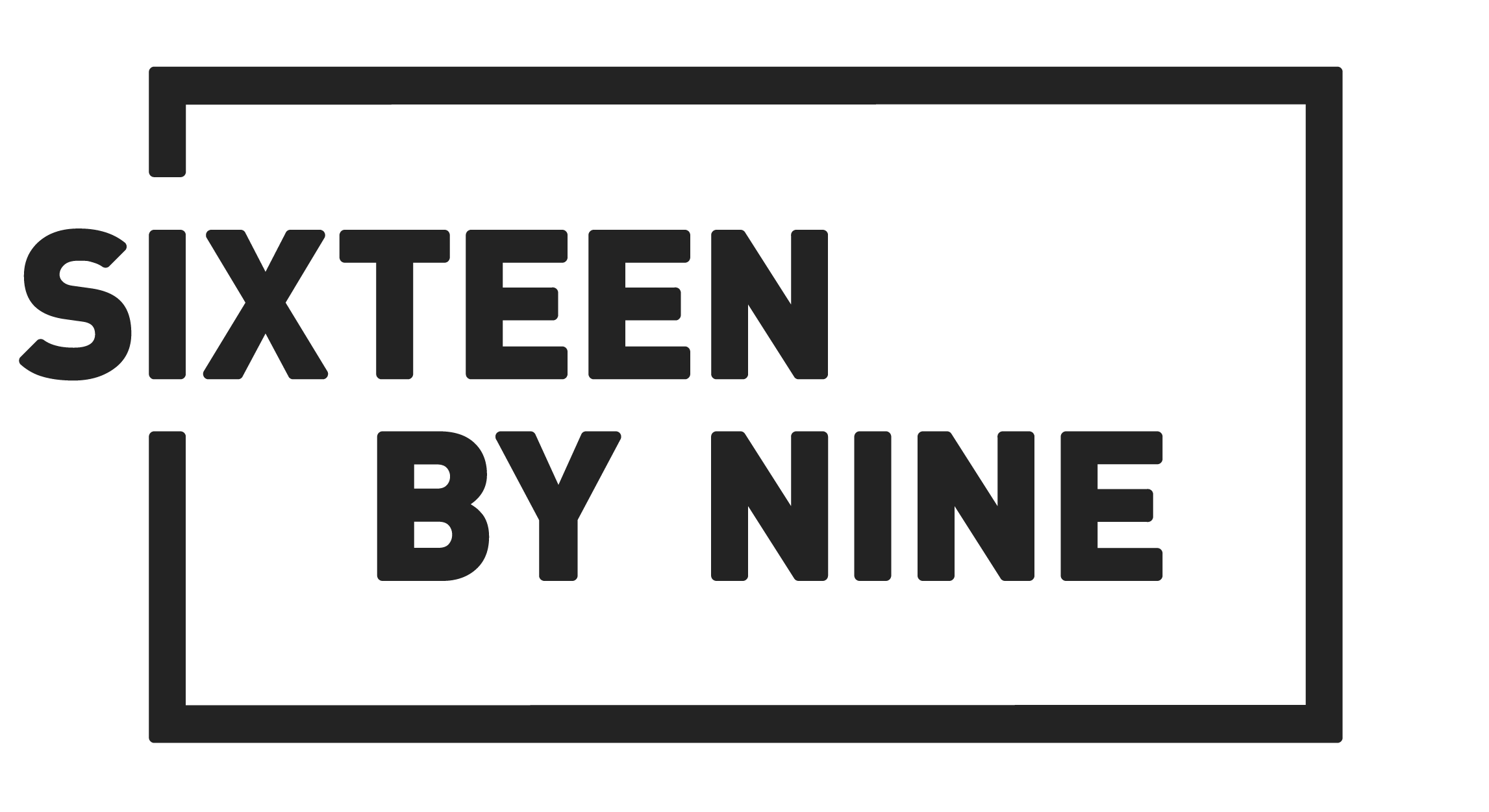The art of writing for presentations.
“And then I woke up and it was all a dream.” If you can remember far enough back to your creative writing class in year 7, you might recall your English teacher forbidding you to end a story like this.
But as life moves on, and no English teacher pointing their finger, who challenges us to write better stories?
The power of storytelling is well documented, not least in our own blog posts, so you are no doubt more conscious than ever about the increasing pressure to bring story into your presentations. But how many of us know where to begin?
To plan or not to plan?
Do you plan your presentation before you start writing? Or do you open PowerPoint, stare at a blank screen, grab a coffee and then deal with the email that needs a response right now? And so it goes on. Before you know it, the presentation is fast approaching and you’re working frantically to hit your deadline.
Could a planning session be the answer? If we look at the creative writing world, and the experts of storytelling, the consensus is that some form of planning will lead you in the right direction:
Harry Potter’s creator, J.K. Rowling, says:
“I always have a basic plot outline, but I like to leave some things to be decided while I write.”
Ernest Hemingway, Pulitzer Prize for Fiction winner, said:
“Prose is architecture. It’s not interior design.”
And I must agree. For me, planning wins every time because simply put, a story needs structure. Once you have the overall structure in place, it makes the sometimes seemingly impossible task ahead of you, a breeze. Why? Because it’s broken down into parts which you can tackle one by one and you know what you need to do.
Once it’s all down on paper or screen, you can add your personality and creative flair to make it personal to you.
Where to begin
Before you even begin to think about the structure, get every idea or message out of you head and down on paper (post-it notes work a treat) or on screen (if you’re the environmentally conscious among us). Just make sure they’re all individual points.
For me, once everything I want to say is out of my head, I can start to think about piecing it all together in the most engaging way because I’m not distracted by the fear that I might forget something.
Story structure
When it comes to structure, there are some systems you can follow to help find the right solution.
You will all have heard of the three-part story (beginning, middle and end – thought to be traced back to Aristotle, no less) and perhaps even the four part-story (introduction, complication, climax and resolution).
The most important thing, for me, is to kick off with something that will grab your audience’s attention from the off.
If we take the example of a credentials presentation, the most common approach we see is to launch straight into a monologue about you or your company. Instead, you could begin with addressing the challenges your audience is facing. By doing so, you show that you are well informed about their position and as a result they will want to hear what you have to say next – how you can help them overcome those challenges – in this case.
By switching things up, you’ll immediately pique their interest and then it’s your job to maintain it throughout the rest of the presentation.
So, how do you keep your audience engaged?
Maintaining your audience’s attention starts way before the actual presentation. There’s so much you can do when you’re planning your story to ensure that your audience is in the palm of your hand during delivery. Here are a few pointers:
What do you want your audience to do?
This is a vital consideration when planning your presentation otherwise how will you know if the presentation has been a success? Do you need your team to change the way they work together? Do need your students to believe in you? Do you want a customer to buy your product? Understanding what your objective is, and keeping it in mind throughout, will help keep your storytelling on track.
So what?
Ask yourself this question about every point in your story. Will the audience care about what you’re saying or is it superfluous information that you’ve included because it’s what you’ve always presented and makes you feel safe?
Put yourself in your audience’s shoes
What are the most important things they need to know? Why should they believe and trust you? Why are you the best person/company for the job?
Ask for feedback
Remember that you’re not alone. Test your story structure by asking a colleague, a friend or a professional (like us) for their opinion. Don’t test it for the first time on your audience.
Less is more
When creating your presentation and your story structure is in place, you may want to try writing your talk track first. Then you can pull out the key points and put those on the slide. Never put everything you want to say on the slide and read it verbatim. Otherwise, your audience will pay more attention to your slides than you.
Mix things up
Use a range of media to make the slides themselves more interesting. Images, videos, infographics and quotes will all help to maintain attention rather than slide after slide of bullet points.
Make messages memorable
Use snippets and examples that are personal to you. Try out some alliteration. Explain topics simply. Be creative with your content.
A final note...
When it comes to writing your next presentation, plan your structure first, give some of the tips explored here a try and remember, you’re not on your own.
For a final note of inspiration, or pressure (for those of you who work best under it), I’ll hand over to Benjamin Franklin:
“Either write something worth reading or do something worth writing.”
Recent Posts
August 20, 2021
I love our clients and I love helping them achieve success
Our Managing Director, David Silverman,…




